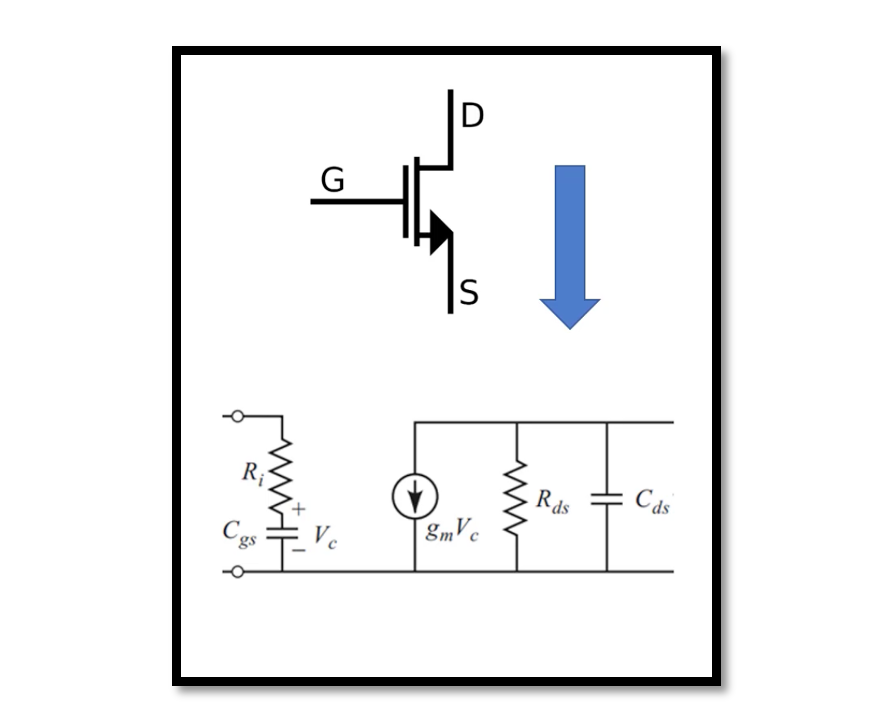
What is a Single Stage Transistor?
The single-stage transistor, often hailed for its simplicity, plays a pivotal role in the realm of electronics. At its core lies a solitary transistor, typically of the bipolar junction transistor (BJT) variety, accompanied by a handful of passive components like resistors and capacitors. This minimalist configuration belies its significance, as it forms the backbone of many amplifier circuits, where signal amplification is paramount.
In a common-emitter configuration, the single-stage transistor operates by modulating a small input signal applied to the base terminal, resulting in a proportionally larger output signal across the collector-emitter junction. This amplification process hinges on the transistor’s ability to control the flow of current between its emitter and collector terminals, governed by the input voltage at the base.
One key advantage of the single-stage transistor lies in its versatility. By adjusting the biasing and load resistance values, engineers can tailor its behavior to suit a wide range of applications. Whether it’s amplifying audio signals in a hi-fi system or boosting radio frequencies in a communication device, the single-stage transistor offers a flexible platform for signal manipulation.
Despite its merits, the single-stage transistor is not without limitations. Chief among these is its finite power gain, which restricts its ability to amplify signals to high levels. Additionally, factors such as temperature variations and transistor nonlinearity can introduce distortions that degrade the fidelity of the amplified signal. As such, careful design considerations and circuit optimization are necessary to mitigate these drawbacks.
Moreover, advancements in semiconductor technology have led to the development of more complex amplifier configurations, such as multi-stage amplifiers and integrated circuits, which offer higher levels of performance and integration. Nonetheless, the humble single-stage transistor retains its relevance, particularly in low-power and cost-sensitive applications where simplicity and efficiency are paramount. In conclusion, the single-stage transistor stands as a cornerstone of electronic design, offering a straightforward yet effective means of signal amplification. By understanding its principles of operation and limitations, engineers can harness its potential to create innovative solutions across a spectrum of applications. Whether it’s driving speakers, tuning antennas, or processing signals, the single-stage transistor remains a stalwart ally in the pursuit of technological advancement.
Calculating Power Gain in a Single-Stage Transistor
To calculate power gain in a single-stage transistor, we need to understand the input and output powers.
Input Power (Pin): The input power in a single-stage transistor circuit can be calculated using the formula:

Example: Let’s consider a simple single-stage transistor amplifier circuit where the input voltage (Vin) is 5 volts, input current (Iin) is 10 milliamps, output voltage (Vout) is 10 volts, and output current (Iout) is 20 milliamps.
Using the formulas above, we can calculate the input and output powers:
Pin=5V×0.01A=0.05W
Pout=10V×0.02A=0.2W
Now, we can find the power gain:

So, in this example, the power gain of the single-stage transistor amplifier is 4.
Single-Stage Transistors in LNA Design:
- Low Noise Operation: The intrinsic properties of single-stage transistors make them well-suited for low noise applications. By carefully biasing the transistor and employing appropriate impedance matching techniques, engineers can optimize its operation to minimize noise figure, a key metric in LNA performance.
- Sensitivity and Gain: LNAs require high sensitivity to detect weak signals, coupled with significant gain to amplify them to levels suitable for further processing. Single-stage transistor configurations offer a balance between sensitivity and gain, providing adequate amplification while maintaining low noise levels.
- Simplicity and Cost-Effectiveness: In many RF applications, particularly those with stringent size, weight, and power (SWaP) constraints, simplicity and cost-effectiveness are paramount. Single-stage transistor LNAs, with their minimalist circuitry and straightforward design, offer a compelling solution that meets these requirements without sacrificing performance.
- Frequency Selectivity: Single-stage transistor LNAs can be tailored to specific frequency bands by adjusting component values and transistor parameters. This flexibility allows for the creation of narrowband or broadband amplifiers, depending on the requirements of the RF system.
- Integration: With the advent of integrated circuit (IC) technology, single-stage transistor LNAs can be implemented as part of larger RF front-end modules, consolidating multiple functions into a single chip. This integration enhances system performance, reduces component count, and lowers overall system cost.
Challenges and Considerations:
While single-stage transistor LNAs offer numerous advantages, they also present certain challenges and considerations:
- Power Handling: Single-stage transistor LNAs may have limited power handling capabilities, particularly in high-power RF environments. Careful attention must be paid to ensure that the LNA can withstand the expected input power levels without saturating or distorting the signal.
- Impedance Matching: Proper impedance matching between the antenna and the LNA input is essential to maximize power transfer and minimize reflections. Failure to achieve optimal matching can result in reduced sensitivity and degraded overall performance.
- Stability: Single-stage transistor LNAs must exhibit sufficient stability to prevent oscillations and ensure reliable operation across temperature and frequency variations. Techniques such as neutralization and feedback can be employed to enhance stability without compromising other performance metrics.
In summary, single-stage transistors play a pivotal role in the design of Low Noise Amplifiers, offering a compelling combination of low noise, high gain, simplicity, and cost-effectiveness. By understanding their strengths, limitations, and considerations, RF engineers can leverage single-stage transistor LNAs to create robust and efficient RF systems for a diverse range of applications.

Learn more about this topic by taking the complete course ‘Microwave Amplifier and Low Noise Amplifier (LNA) Design Theory and Principles online course – RAHRF526’. Watch the course videos for more detailed understanding. Also checkout other courses on RF system and IC design on https://rahsoft.com/courses/. Rahsoft also provides a certificate on Radio Frequency. All the courses offer step by step approach.



